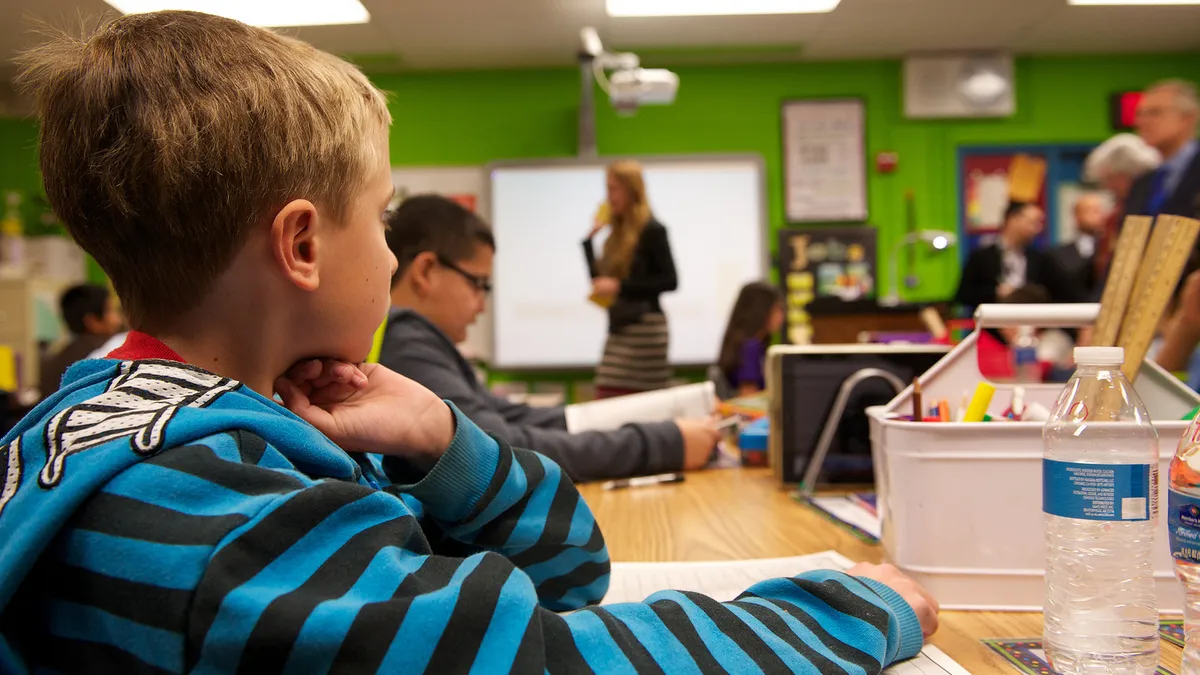Dive Brief:
- Arizona, Georgia, Florida and Nevada are among the nine states receiving a B in the latest Report Card on American Education from the American Legislative Exchange Council, a free market-oriented think tank and membership organization for state lawmakers. No state received an A.
- Arizona ranks first in the report based on the “size and scope” of school choice, how much "purchasing power" families have for private school tuition, and whether choice programs face "regulatory burdens." The other top four are Florida, Indiana, Georgia and the District of Columbia. Nebraska ranks last.
- The report includes information on typical education indicators such as per-pupil spending, average class size and graduation rate, but the organization does not consider that data in grading or ranking the states.
Dive Insight:
The report notes that "the past year was lukewarm for school choice and the midterms brought some dispiriting gains by those critical of innovative and parent-empowering choices in several states."
The ALEC report card, which is largely based on the work of other conservative organizations including the Center for Education Reform and Education Next, does give some attention to student achievement — noting the difference between proficiency rates on state assessments and each state’s proficiency rate on the National Assessment of Educational Progress (NAEP).
Some educators argue the term "proficiency" is misleading and that the NAEP standard is not realistic. But a recent "mapping study" from the National Center for Education Statistics showed the gap between where states set their proficiency levels in math and reading and the NAEP standards is narrowing. This is particularly the case in those states that participate in the Partnership for Assessment of Readiness for College and Careers, an assessment system connected to the Common Core State Standards.
On a media call, Scott Kaufman, ALEC’s task force director for Education and Workforce Development, referred to the Common Core standards as "dead and buried." The Common Core standards, however, are still in place in 42 states, even though some have renamed them or made adjustments and additions to better fit the needs and priorities of their states.













